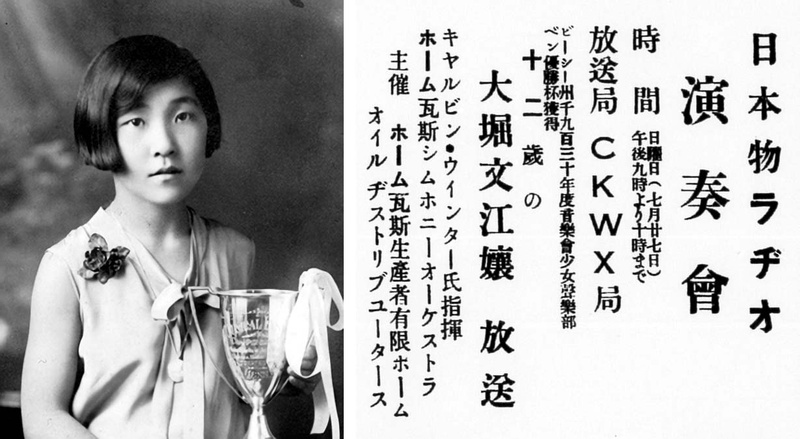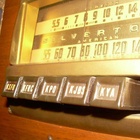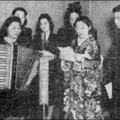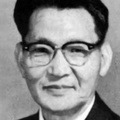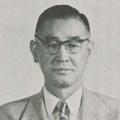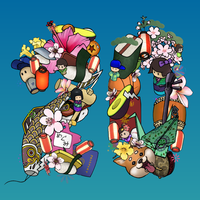It is believed that the first time Japanese music was played on the radio in Canada was in February 1925. At that time, the Imperial Japanese Navy sent a training fleet overseas almost every year to conduct practical training for long-distance voyages and to carry out goodwill activities at ports of call. The three ships, Yakumo, Asama, and Izumo, left Yokosuka in November 1924, passed through Mexico and the United States, and anchored in Vancouver the following February. At 8 p.m. on February 11th, a concert was held at the Drill Hall, featuring a military band led by Bandmaster Seigo Naito and the Canadian 7th Battalion Military Band. The concert was broadcast live by CFYC, and it was reported that the songs played were "Carmen," "William Tell," "Aida," "Kimigayo," and "Gunkan March."
On December 9, 1929, from 10:00 pm to 10:20 pm, CNRV, a station operated by the Canadian Railway Company, aired a special program on Japanese music, featuring local Japanese residents. The Continental Daily News reported that this was the first such program in Canada. Japanese music such as "Tsumikusa," "Kappore," and "Harusame" were performed by an ensemble of shakuhachi (Sano), koto (Mrs. Abe and Mrs. Yamashita), and shamisen (Mrs. Watanabe), as well as a violin performance (Nakamura of the Showa Theater Company).
CKWX broadcast the "Home Gas Hour" sponsored by the gasoline company on Sundays at 9 p.m. On July 27, 1930, "Japan Night" featured Western music with a Japanese theme, performed by the Home Gas Symphony Orchestra conducted by Calvin Winter. The program included a speech by Consul Sentaro Edo and a solo performance of "In Pagoda" and "A Japanese Sunset" by Fumie Ohori (12 years old), winner of the girls' vocal category at a music competition.
Shiga Minatogawa Chamber of Commerce Broadcasting
Shiga Minatogawa & Co., a Vancouver radio company, began placing advertisements in the Continent Nippo in September 1930, and began placing large advertisements regularly from October. As their next media strategy, the company began a program on CKMO in November 1930, sponsored by the company, in which Japanese musicians appeared live. The program was broadcast every Monday from 7:30 to 8:00 p.m.
Vancouver-born soprano singer Aiko Saita showcased her beautiful voice in the first episode on November 3. The show was broadcast on a radio set up in the storefront of the company on Powell Street, and the novelty of the show attracted many Japanese customers to the store on the day of the broadcast.
"We would like to express our sincere gratitude to everyone who came to the recent broadcast of Saita Aiko's program, which was packed to capacity, and who shared in the enjoyment for a while. The next broadcast will be on November 10th at 7:30 p.m. Please tune in again." (Continental Daily News, November 8th, 1930) was reported, along with a preview of the next broadcast.
The second event featured Aiko Saita and Tetsu Nakamura (Sally), the third event featured Aiko Saita, the fourth event featured the Mikado White Rose Harmonica Band, and the fifth event featured Hayashi Gekko.
Just when it seemed like the show was going smoothly into its second month, the company's advertisement in the Continent Daily newspaper on December 8th announced that "Today's Japanese program has been canceled due to circumstances," and the program has never been shown again since. The reason for the sudden cancellation has not been given.
Anti-Japanese Speeches and Japanese Music
As the Kwantung Army's invasion of Manchuria, triggered by the Marco Polo Bridge Incident in September 1931, became an international issue, Xu Ruyue, a Chinese doctor from the anti-Japanese Salvation Association, aired three English speeches calling for attacks on Japan. In response to this, an English speech by Yonemura Hozumi about the Manchurian problem was broadcast on CHLS station from 10:00 pm to 10:30 pm on November 23, 1931, in order to provide a rebuttal from the Japanese side. Yonemura was a first-generation Japanese immigrant born in Japan, but came to Canada as an invited immigrant, and after graduating from the University of British Columbia, he is known for organizing the Japanese Canadian Citizens League and publishing the English-language newspaper "New Age" aimed at second-generation Japanese immigrants.
Initially, Aiko Saita was scheduled to play Japanese songs on the show before and after the speech. However, after hearing about the planned broadcast on CHLS, another station made a strong appeal, and it was decided that Saita's songs would be broadcast separately from Yonemura's speech. Aiko Saita appeared on CKMO's show from 8:00 to 8:30 p.m. on November 24th, and sang seven songs, including "Hambu no Minato," "Sessesesse," and "Despune no Minato."
*This article is reprinted from the monthly magazine " Freezer " (February 2022 issue).
© 2022 Tetsuya Hirahara


